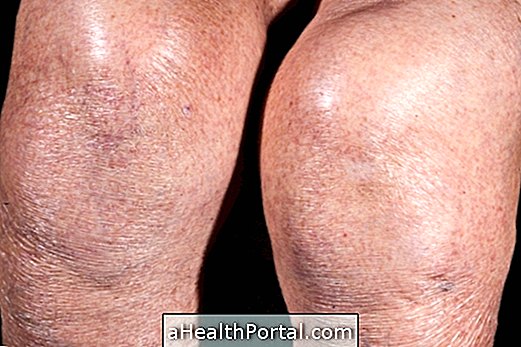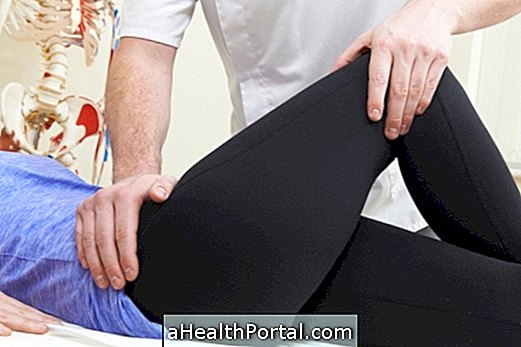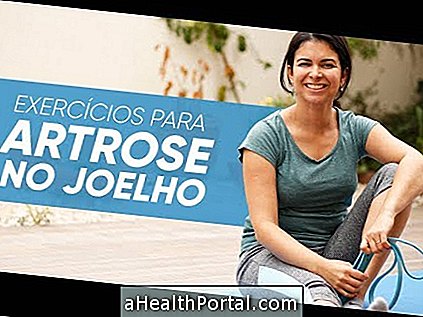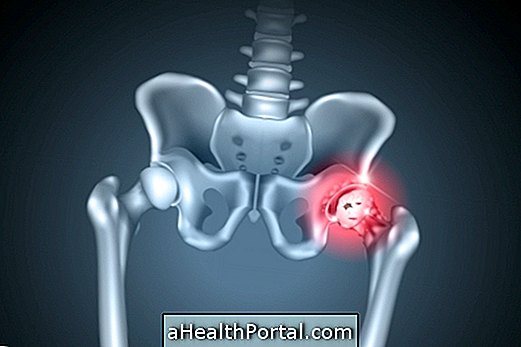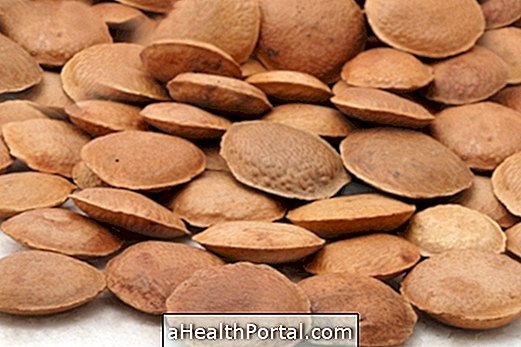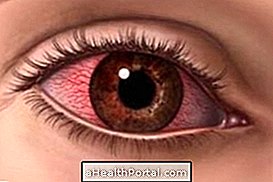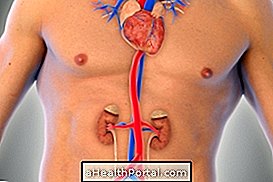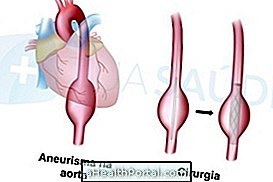Myofascial pain is a muscular pain that manifests itself when a specific point of the body is pressed. This particular point is called a trigger point which is a small nodule in the muscles which when felt may feel a bump.
Usually the trigger points are formed by several factors that include poor posture at work, excessive excessive exercise, repetitive movements or strokes and all these factors must be taken into account.
Myofascial pain has healing and regret being more common in the back, shoulders and neck, it can also appear on any other part of the body.
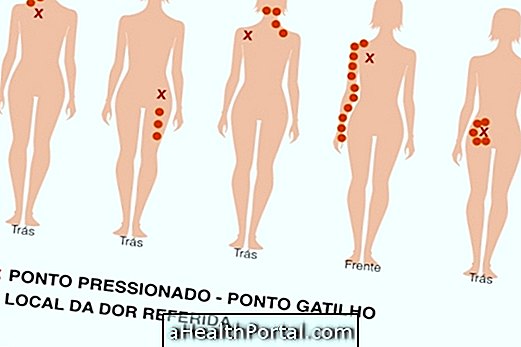
How to treat myofascial pain
The treatment for myofascial pain can be made use of medications for pain relief and discomfort, stretching and myofascial release techniques that can be performed in physical therapy.
Medicines:
The doctor may guide the use of analgesics such as Paracetamol or Dipirone or anti-inflammatory drugs such as Diclofenac that can be used in the form of tablets, ointments or lotions, in addition to muscle relaxants such as cyclobenzaprine, but infiltration with saline physiologically directly into the trigger point and the fluoromethane or ethyl chloride spray also has excellent results.
Ethyl chloride is a cold spray, which is a potent general anesthetic, fast acting but fluormethane is a chlorofluorocarbon also can be indicated by the doctor.
Hot compresses:
Putting on a hot compress letting it work for about 20 minutes at a time is a good way to relieve muscle pain. You can use this strategy 2 to 3 times a day, and then you can perform the stretches because they will be more effective.
Stretching:
It consists of exercises that stretch the muscle and the entire affected region for 30 seconds to 1 minute at a time. Stretching can be done passively, which is when another person holds the leg or arm for the muscle to be stretched, or actively when the person himself stretches the muscle.
Myofascial release:
Pressing and rubbing the muscle and the trigger point are also techniques indicated to combat this myelosiellosis. In order to cause less pain, muscle skin detachment can be done during a massage. Choosing to use balls or rollers is also a good strategy to eliminate the trigger points that give rise to myofascial pain. Watch as the self massage rolls to fight the pain.
Other features:
In addition, individuals may also resort to acupuncture, cryotherapy or electrotherapy with use of TENS, ultrasound or laser to minimize the pain triggered by trigger points. There are several different techniques that can be used to combat this pain and the massages and self massages are excellent.
How to identify myofascial pain
Symptoms of myofascial syndrome usually include:
- Increased tension in sore muscles (muscle stiffness);
- Decreased range of motion;
- Pain when pressing the sore point;
- Hard points in the muscles that can be felt through a bump when pressing the entire muscle band (trigger points);
- Muscle contraction when inserting the needle or performing transverse palpation;
- Relieving pain by performing muscle stretching.
Symptoms of myofascial pain tend to worsen with movement or physical exercise, but when the lesion remains for more than 12 weeks, pain and discomfort also occurs even at rest.
The diagnosis can be made by the doctor or physiotherapist through palpation and observation of the sore spot but although imaging is not necessary, the physiotherapist may perform some tests that show the pain syndrome.

